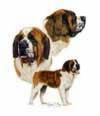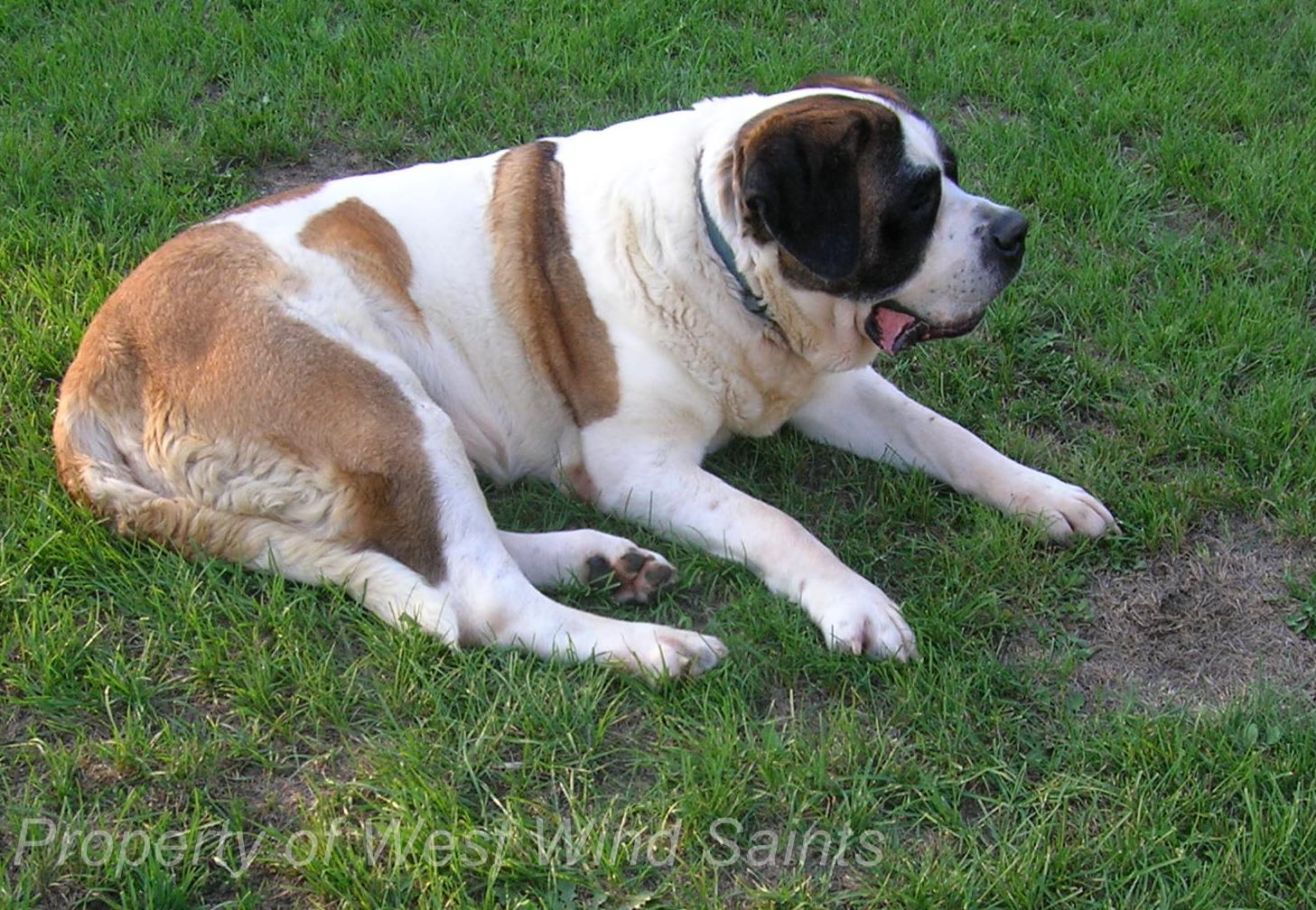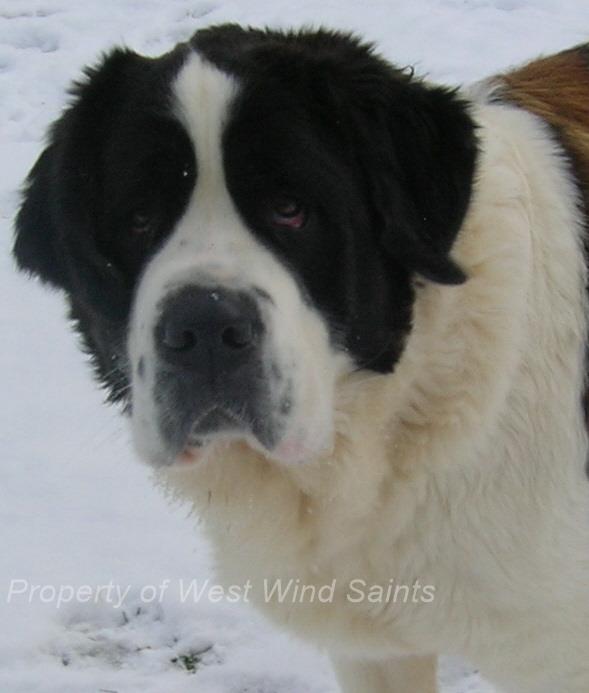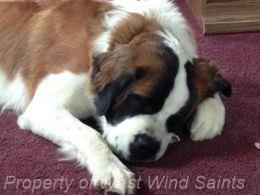The Traits of the Saint Bernard Breed
Saint Bernards are much loved as gentle family dogs with big hearts and friendly temperaments. But like any dog one should think seriously about it before you decide to bring one into your family. Saints require as much love and devotion as they give in return.
Saint Bernards are good with children and other pets. They are naturally very friendly dogs but can sense aggression and will protect any family member from harm. Their size alone dictates the need for basic manners and obedience training.
Saints dearly love to be with their family and are enthusiastic participants in any family activity and will sulk if not included.
Saints seldom bark without good reason. They are excellent watch dogs and protectors of their family, but should never be thought of as a guard dog. Usually their sheer size and bark will discourage most intruders, the saint has a powerful instinct to protect those he loves.
It is important to begin obedience and socialization at a young age in order to assure good manners.
Despite their large size and their tendency to physically grow very quickly, Saints generally are slower to mature mentally and training should be guided with a gentle but firm hand, and a good deal of patience
Saint puppies grow at a phenomenal rate during the first year of life increasing in size an average of three pounds per week.
Saints continue to grow and mature for at least the first three years; it is important for a saint puppy to eat several meals a day o help ensure steady even growth during the intial growing period; and saints should not be pushed too rapidly into serious training for strenuous activities of weight pulling or broad jumping to prevent damage to their giant sized bones as they are growing.
While adult saints do not require a lot of exercise, they enjoy walks and play sessions, they enjoy a yard of any size but it should be securely fenced. Saints are not as active or nervous as some breeds and usually are content to remain close to home for the most part. Saints do have plenty of stamina and with good physical conditioning they are willing and able to take very long walks everyday.
The Saint will not "eat you out of house and home", the fact is a Saint Bernard can be raised and maintained on no more food than required for other large breeds. Since Saints are basically placid dogs, they generally require less food per pound of body weight than most smaller, more active breeds.
Any abrupt changes in temperature are extremely hard on a Saint. They can become overheated in summer weather, so saints cut down on both food intake and amount of activity during hot days. They do well as long as there is a cool place to nap. Saints drink a LOT of water all year round.
The Saints life expectancy is about 8 to 10 years.
SIZE
Saint puppies
weigh about one and
one- half pounds at birth
and grow rapidly the first
year. Adult males may reach a height of 28 to 30 inches
and will normally weigh 170
to 200 pounds. Females are
somewhat smaller at about
26 to 28 inches in height and
typically weigh 120 to 140 pounds.
HAIR
There are two coat types,
smooth and rough, both types shed twice a year to help them adjust to changing seasons
DROOL
Depending on the weather and level of excitement, and the shape of the dogs jowls, mostsaints will drool on occasion. Technically, there is no such thing as a
"dry mouth saint", but most saints do not drool to an offensive degree.
COLORS
Saints come in various shades from tan or red, to light blonde, to dark mahogany.
All saints have white chest,belly, feet and tip of tail. The head is usually black with markings of white.
HEALTH
Some issues with the breed are the same as for all large breeds
bloat, cardiac, eye, and joint problems
Info on what is considered standard for the average size, colors, coat types, health issues, etc;.for a Saint Bernard
For more great info on st. bernards
You'll Love It !!!!!!!
Saint Puppies
St. Bernard
Saint History
Too Cute













